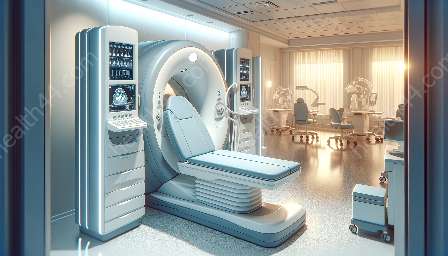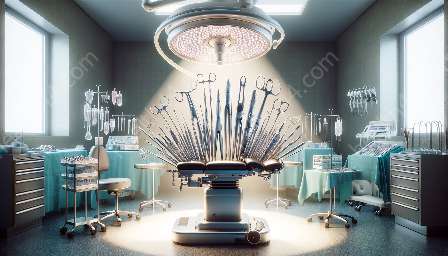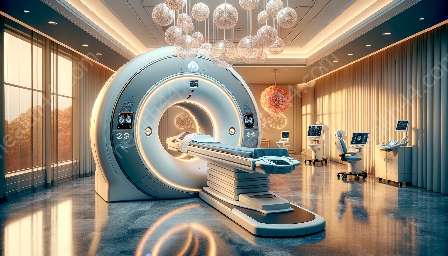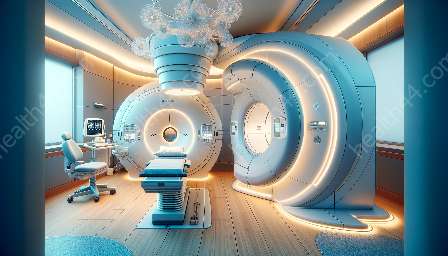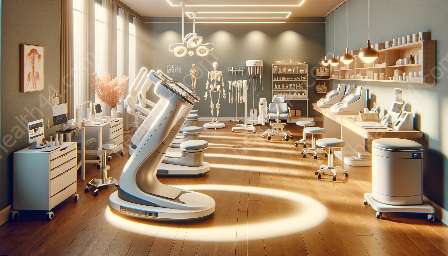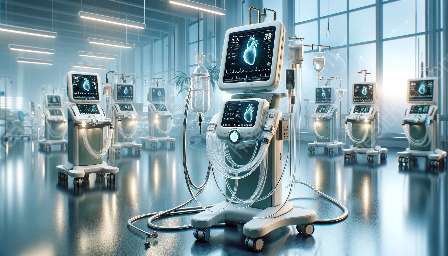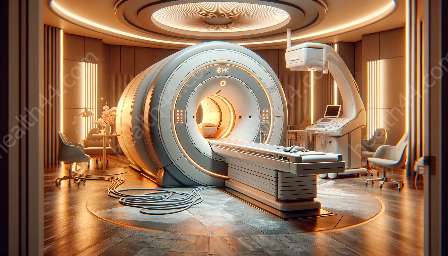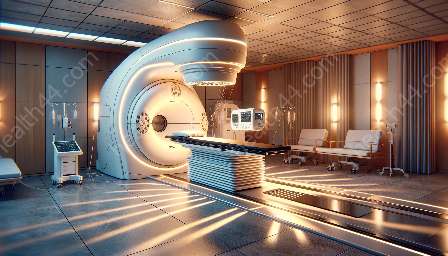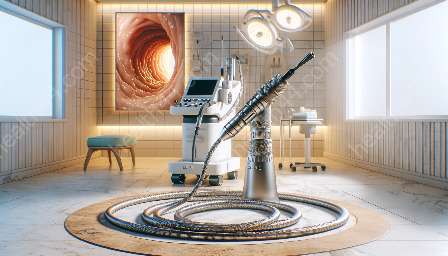Radiation therapy is a crucial component of cancer treatment, and the devices used for delivering radiation have advanced significantly in recent years. These medical devices and equipment play a vital role in improving patient outcomes and overall health. In this article, we will explore the technology, benefits, and impact of radiation therapy devices on health.
Understanding Radiation Therapy Devices
Radiation therapy devices, also known as radiation oncology equipment, are used to deliver targeted doses of radiation to cancerous tumors and other medical conditions. This treatment modality involves the use of high-energy X-rays, gamma rays, or charged particles to destroy cancer cells and shrink tumors.
The primary objectives of radiation therapy devices are to:
- Destroy cancer cells
- Shrink tumors
- Relieve symptoms caused by cancer
- Prevent cancer from recurring
There are several types of radiation therapy devices, each with unique features and capabilities. Common examples include linear accelerators, brachytherapy units, gamma knife systems, and proton therapy machines.
Technological Advancements in Radiation Therapy Devices
The field of radiation therapy has witnessed remarkable technological advancements, leading to the development of more precise and effective devices. Here are some notable advancements:
1. Image-Guided Radiation Therapy (IGRT)
IGRT involves the use of imaging techniques such as CT scans, MRI, and PET scans to precisely locate tumors and deliver radiation with high accuracy. This technology minimizes exposure to healthy tissues and organs, reducing side effects.
2. Intensity-Modulated Radiation Therapy (IMRT)
IMRT allows for the delivery of precise radiation doses to targeted areas by modulating the intensity of the radiation beams. This technique enables the shaping of radiation beams to conform to the shape of the tumor, sparing healthy tissues nearby.
3. Stereotactic Body Radiation Therapy (SBRT)
SBRT delivers highly focused doses of radiation to small, well-defined tumors with extreme accuracy. It is particularly effective for tumors in the lungs, liver, spine, and brain.
4. Proton Therapy
Proton therapy machines use charged particles (protons) to deliver radiation. This technology allows for precise targeting of tumors while minimizing radiation exposure to healthy tissues. Proton therapy is especially beneficial for pediatric and adult patients with certain types of cancers.
Benefits of Radiation Therapy Devices
Radiation therapy devices offer numerous benefits, including:
- Effective destruction of cancer cells
- Preservation of surrounding healthy tissues
- Minimized side effects
- Improved treatment outcomes
- Customized treatment plans based on individual patient needs
Furthermore, the ability to combine radiation therapy with other cancer treatments such as surgery and chemotherapy enhances overall treatment effectiveness.
Impact on Health
The impact of radiation therapy devices on health is profound. These devices have contributed significantly to increasing cancer survival rates and improving quality of life for patients. By enabling precisely targeted delivery of radiation, they help minimize damage to healthy tissues, thereby reducing the risk of long-term side effects.
Additionally, the ongoing evolution of radiation therapy devices holds promise for further advancements in cancer treatment. As technology continues to improve, the potential for better outcomes and reduced treatment-related complications becomes increasingly achievable.
Conclusion
Radiation therapy devices represent a cornerstone of modern cancer treatment, providing a vital means of targeting and destroying cancerous cells while sparing healthy tissues. The technological innovations in radiation therapy devices not only enhance treatment precision but also contribute to better patient outcomes and improved overall health.

